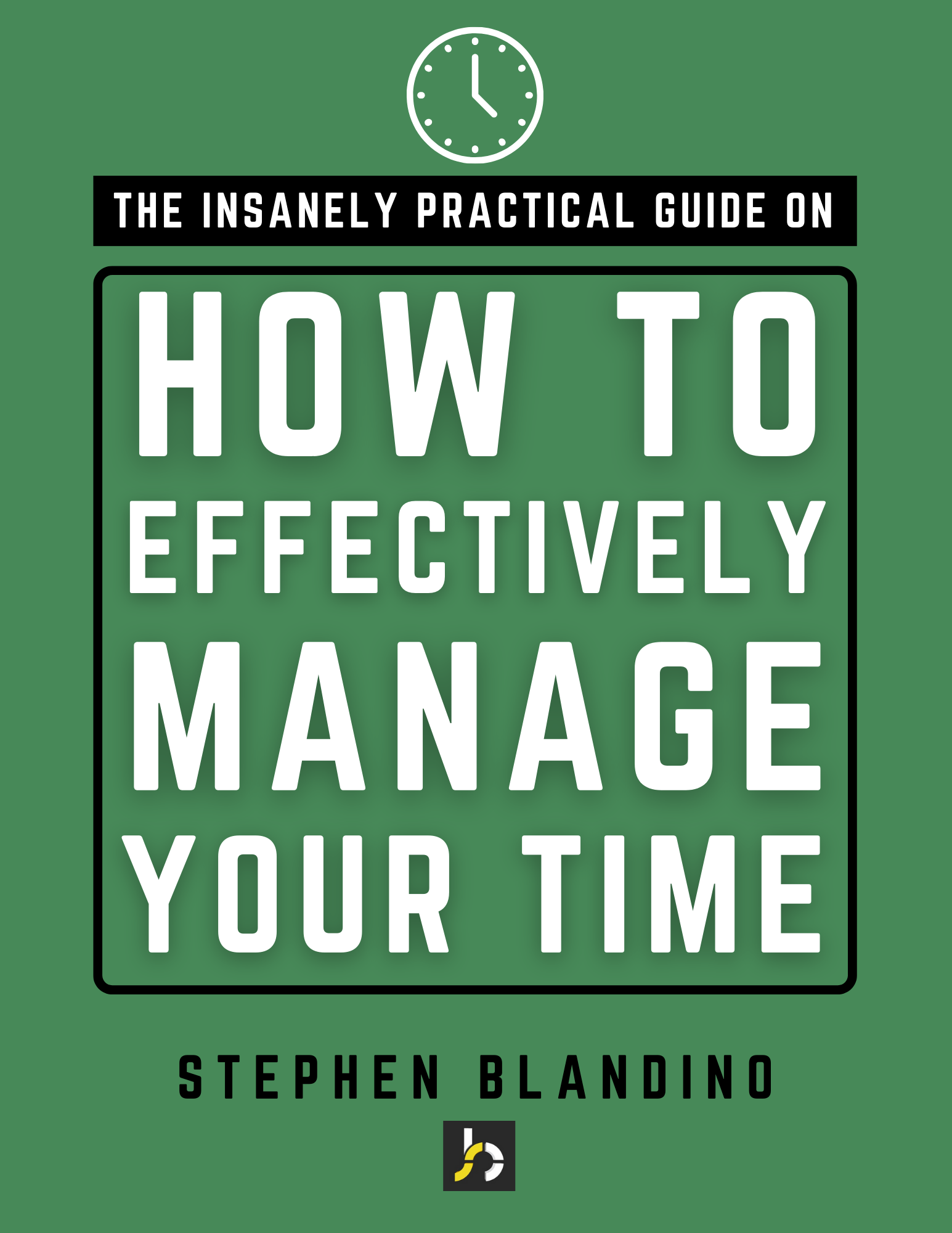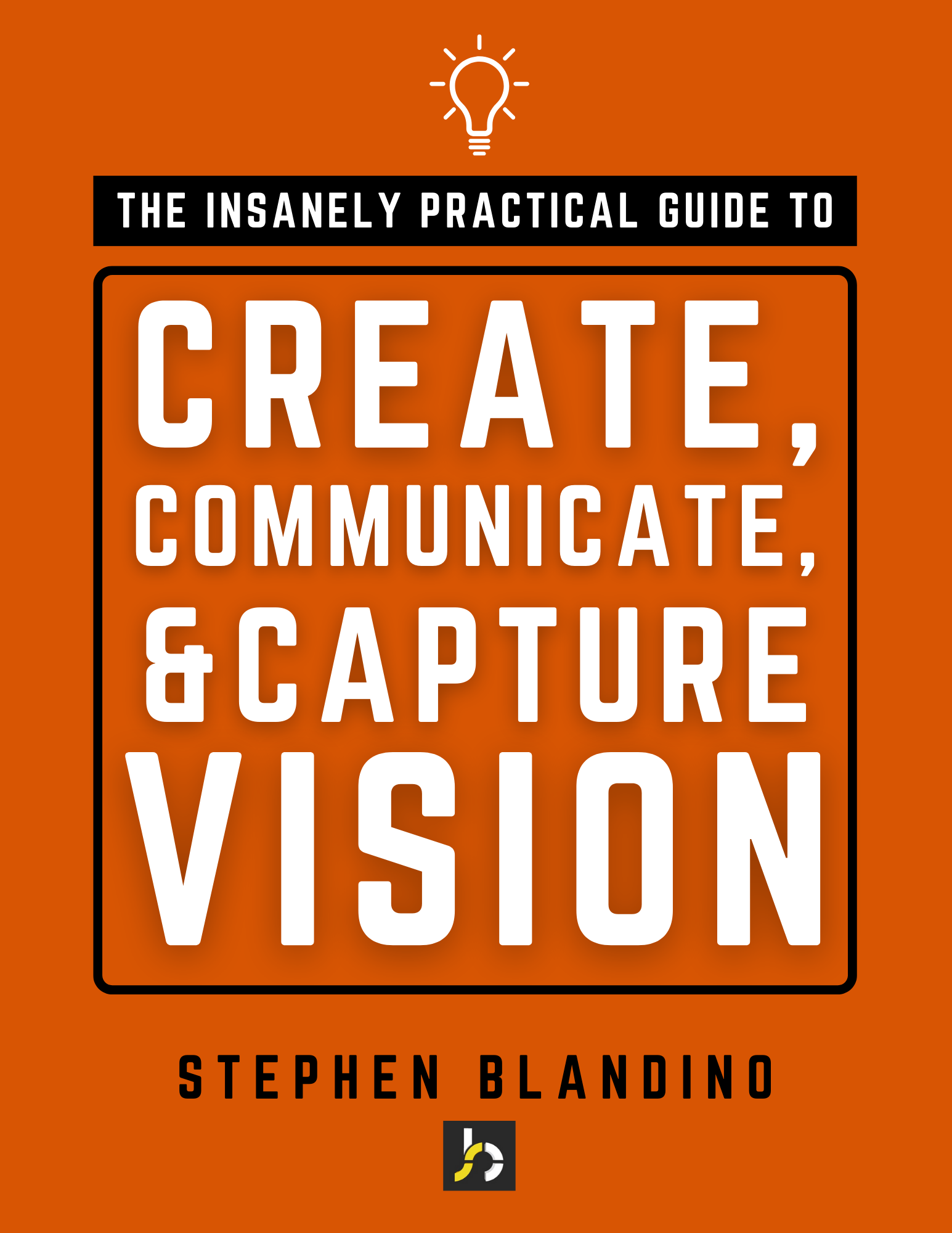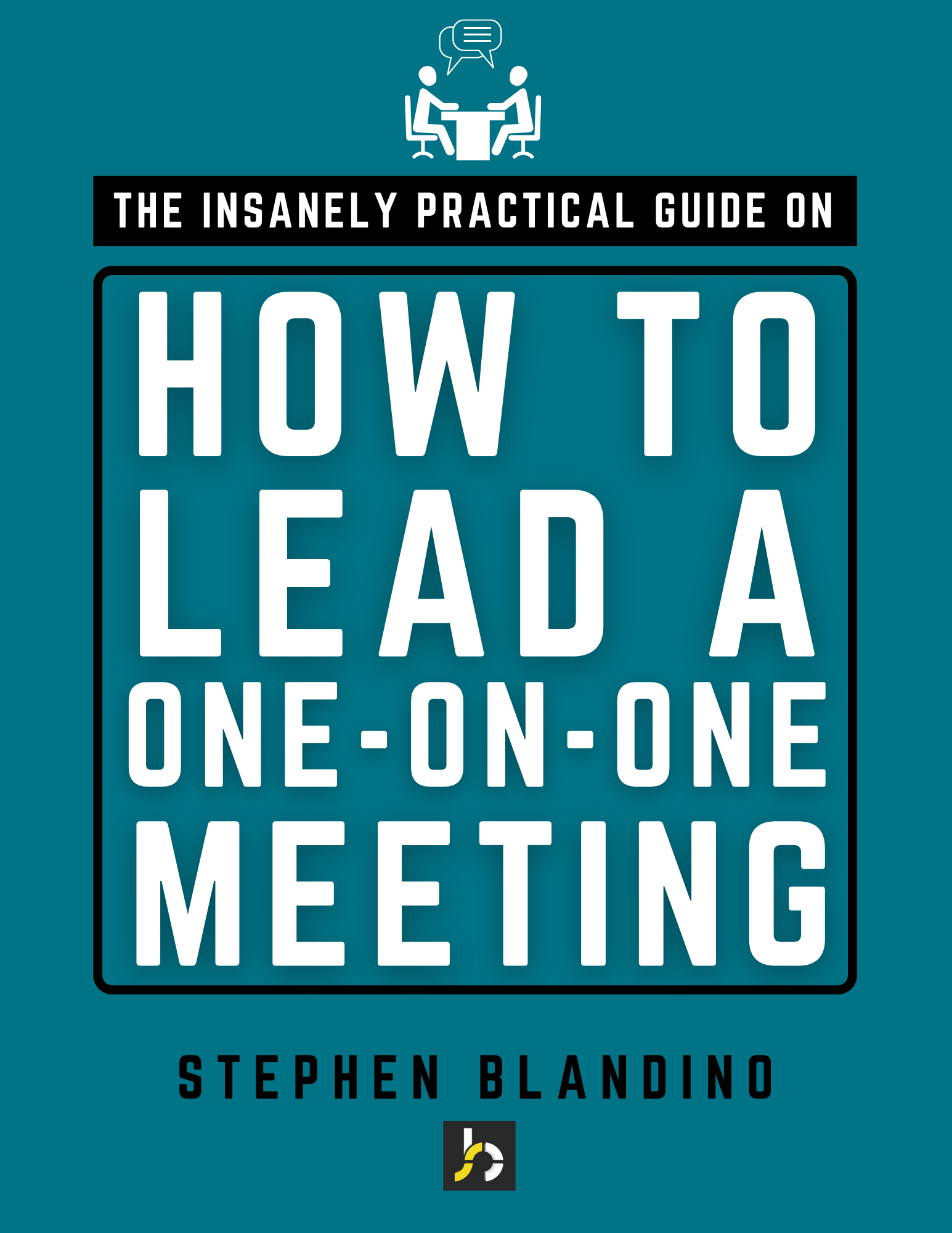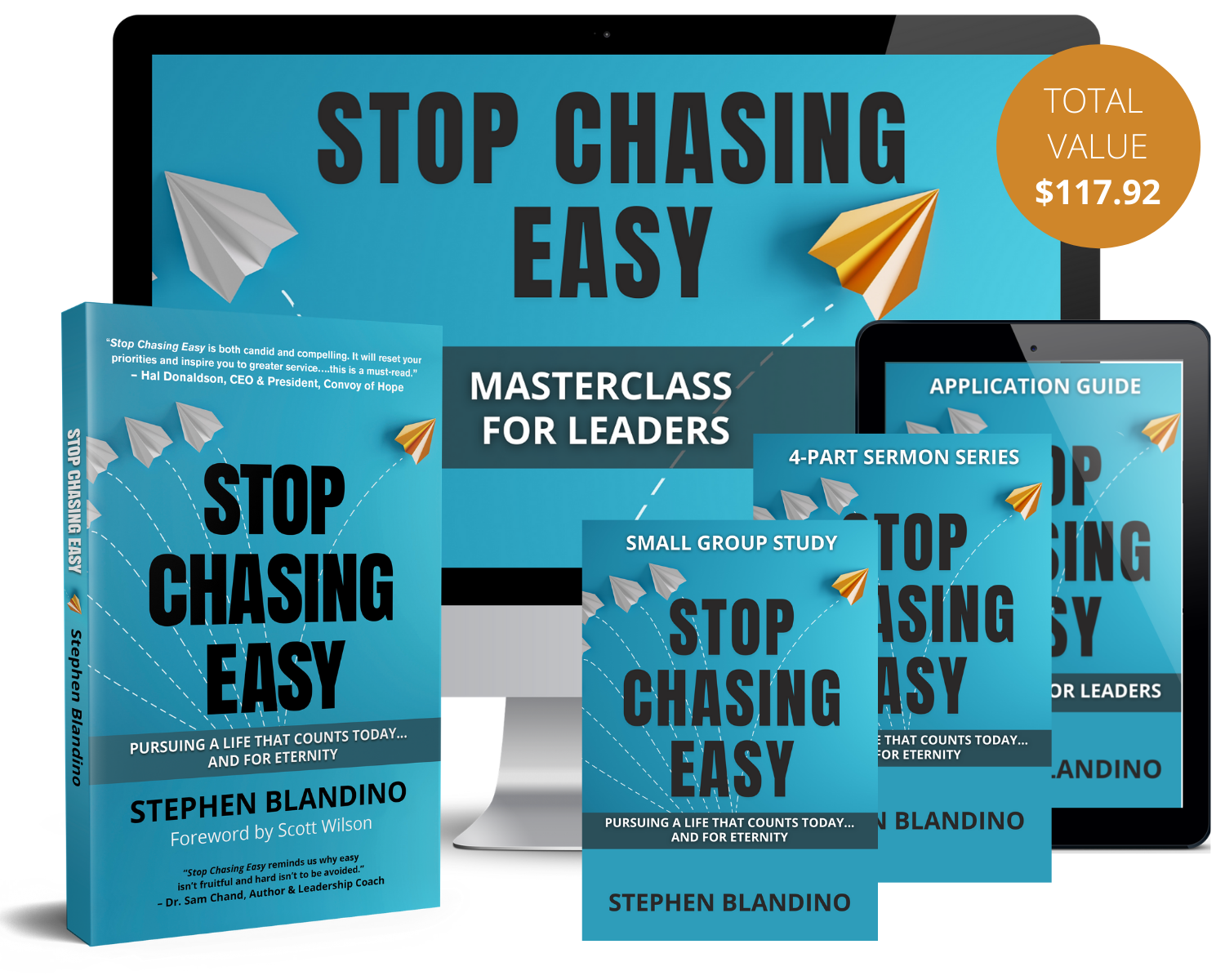Many leaders pride themselves on their commitment to personal growth. They recognize the connection between personal growth and organizational growth, and they understand the importance of learning new methods, embracing relevant strategies, and staying up to date with best practices. In a word, they might describe themselves as “teachable.”
That would be a true description. But over the years I’ve come to realize that teachability has three faces to it. If you’re going to become the most effective leader, you have to embrace all three forms of teachability.
The Three Forms of Teachability
1. Curiosity
The first form of teachability is a self-directed curiosity. Curiosity reveals itself as a deep desire and commitment to acquire knowledge. Curious people are never satisfied with what they know. They have an insatiable appetite to learn more and expand the width and depth of their knowledge. If you want to know how curious you are, ask yourself these questions:
- What have I learned since I graduated school?
- Do I regularly read books, attend conferences, listen to podcasts, and participate in webinars where I will stretch my thinking, learn new ideas, and acquire fresh insights?
- Am I personally driven to learn, or do others have to continually prod my development?
- Do I have a plan for personal growth?
This form of teachability focuses on the acquisition of information. It’s like adding files to your file cabinet of wisdom. While self-directed curiosity is essential to a growing leader, it’s also the easiest form of teachability. By easy I don’t mean it doesn’t require effort, discipline, or commitment. I mean it’s contained within the mind of the leader, and therefore is usually void of dialogue or accountability. Basically, the learner decides if they’ll do anything with what they’ve learned. There’s nobody to push back, challenge thinking, or confront assumptions. The individual ultimately determines if they like what they’ve heard, read, or watched.
Without the “curiosity” form of teachability, leaders will get stuck in old paradigms, become lazy, and slide into ruts that inhibit personal and organizational progress. At the same time, if the only form of teachability a leader embraces is curiosity, they will fail to mine the gold and confront the gaps that the other two forms of teachability offer. Curiosity is an essential starting place, but there’s more.
2. Coachable
The second form of teachability is the willingness to be coached by others. Intensive coaching is one of the price tags of growth. I’ve come to recognize that some people are not coachable, even those who are highly curious.
Recently I was in a meeting with a group of leaders who were seeking to learn, grow, and improve in their personal leadership and organizational effectiveness. I noticed one particular leader was continually resistant to new ideas. When others would suggest he try something different, he always had a reason why it wouldn’t work, or why someone else in the organization would resist it.
This leader was very “curious.” He was well read and well educated. But he wasn’t coachable. He couldn’t see past his own well of knowledge. He couldn’t accept valuable ideas from others in the group. In his mind, he already had the answers.
If you want to assess whether or not you’re coachable, ask yourself these questions:
- Do I consciously place myself in environments where I’m not the smartest person in the room?
- Do I intentionally seek out coaching and mentoring relationships?
- Do I listen more than I talk?
- Can I readily receive ideas, insights, and feedback from people “above” me and “beneath” me?
Being coachable introduces the dialogue that is often missing at the curiosity stage of teachability. It combines insight with interaction. It welcomes the input of a coach when they take AIM at your potential. If you fail to receive their input, they’ll look for somebody else to invest in.
3. Correctable
The third form of teachability is the hardest. It’s the willingness to let other correct you. While this is the least enjoyable of the teachability forms, it’s the one that that has the potential to reveal your greatest gaps and biggest blind spots.
As a young leader, it took me a while to embrace this form of teachability. Needless to say, my first performance review didn’t go so well. When my gaps were confronted, I was pretty defensive. Over time, I came to realize that when somebody who cares about me chooses to correct me, they’re really doing me a favor. They’re saving me a lot of future heartache if I’ll receive what they have to say.
If you’re wondering how correctable you are, ask yourself these questions:
- How do I respond when my boss gives me a low score in my performance review?
- How do I respond when my spouse addresses an area of concern in my life?
- How do I respond when a friend tells me I’m wrong?
- How do I respond when a professor gives me a low grade?
- How do I respond when a peer points out holes in my ideas?
Do you justify your behavior? Do you try to convince the other person that they’re not seeing things properly? Do you try to correct your corrector? The inability to receive correction in a constructive manner is nothing more than a debilitating posture of pride. If you can’t be corrected, you are not as teachable as you think you are.
[bctt tweet=”The inability to receive correction is nothing more than a debilitating posture of pride.”]
These three forms of teachability provide a complete picture of what it means to be teachable. All three are crucial to your growth. Without curiosity, you’ll never get started. Without coaching, you’ll never live up to your full potential. And if you’re not correctable, you’ll never address the gaps and the blind spots that everybody (but you) sees in your life.
So, take the test. On a scale from one to ten, grade yourself:
- How Curious am I?
- How Coachable am I?
- How Correctable am I?
Which area did you score the lowest in? What can you do to improve by two points?









